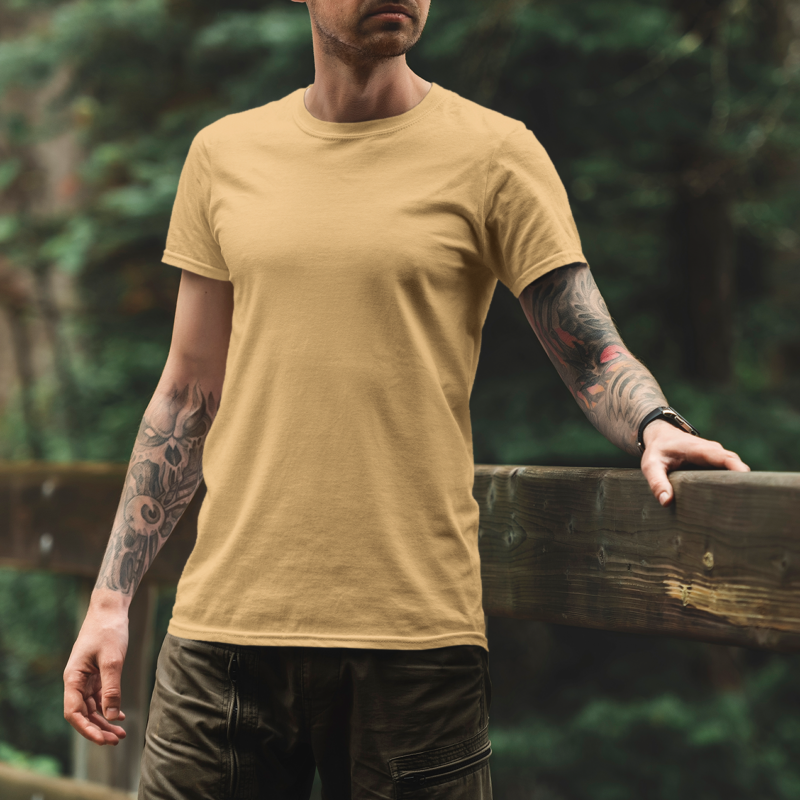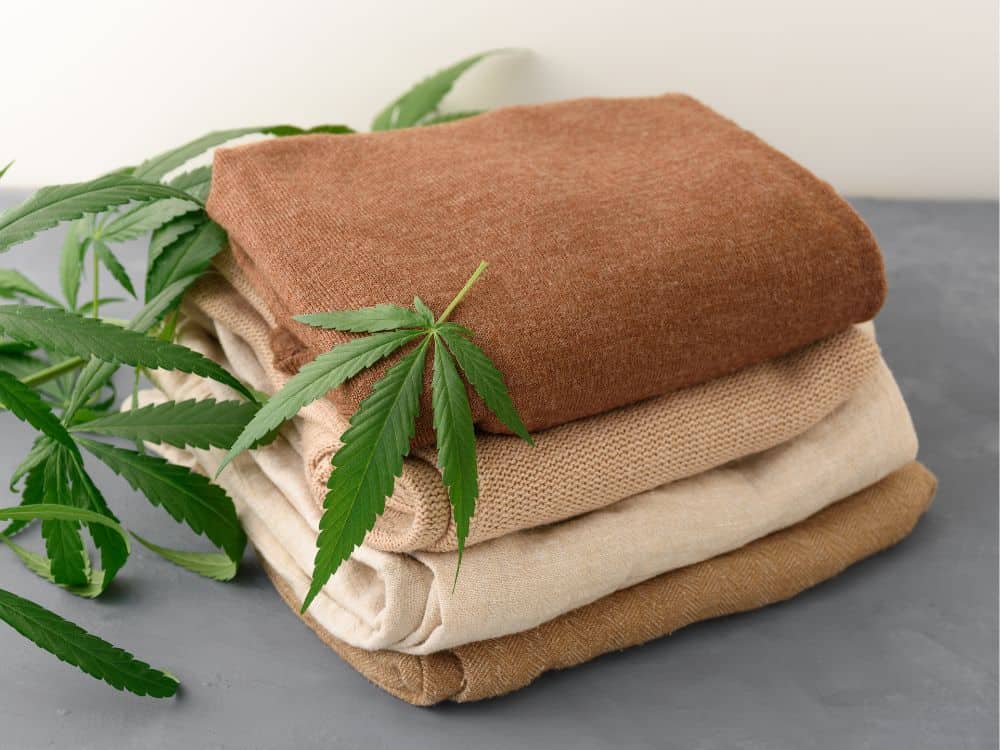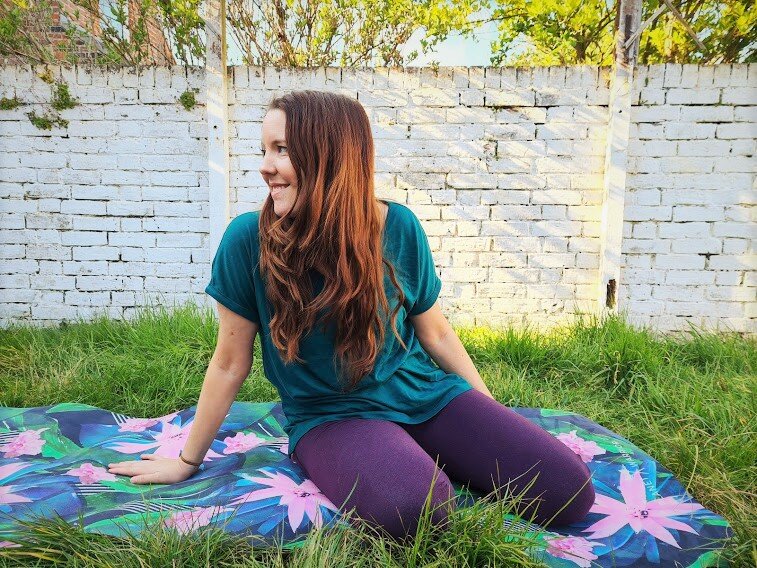Best News To Picking Bamboo Clothes
Wiki Article
Why Is Hemp More Biodegradable And Resilient, And Regenerative Than Cotton, For Instance?
Hemp is considered more biodegradable due its natural properties and the method in which hemp grows. Here's why- Biodegradability-
Natural FiberNatural Fiber Hemp is a natural plant fiber and its fibers can be biodegradable. Hemp clothing and textiles decompose in a natural manner over the passage of time. They are returned to the environment, without leaving behind any long-lasting waste. Contrast this with synthetic fibers such as polyester, which require many years to decay.
Lack of Synthetic Additives- Hemp textiles typically do not have chemicals or synthetic additives that hinder biodegradability. They can be treated with synthetic chemical additives such as certain finishings or dyes that slow the biodegradation process.
Durability-
Hemp fibers have earned a reputation for strength and durability. Hemp clothing and textiles are more durable than cotton, which makes they last for longer. The strength of hemp clothing implies that it will withstand many washings and wear cycles before it begins to deteriorate.
Hemp fabrics have a lower tendency to pill (the formation small fuzzy ball on the surface of the fabric) as compared to cotton. This is a factor that contributes to their longevity and quality.
Regenerative Agriculture-
Soil Health Hemp cultivating is an effective regenerative process when carried out sustainably. Hemp has an extensive root structure that prevents soil erosion and compaction. It also can improve soil health by increasing the aeration and the activity of microbial organisms. This process of regeneration could enhance the soil for the future growth of crops.
Low environmental impact - Sustainable hemp cultivating methods involve the use of minimal pesticides. Contrary to traditional cotton farming could result in degrading soils and water pollution due to its reliance on synthetic chemicals.
Water Efficiency-
Hemp needs less water for development than cotton. Its drought-resistant characteristics mean that it can thrive with minimal irrigation or in rain-fed environments. This makes it an ideal option for areas that have limited water supplies.
Hemp is a simple crop to incorporate in crop rotations that improve the soil's health. It can also reduce the likelihood of accumulating disease and soil depletion. The practice of crop rotation in the cotton industry isn't as frequent.
Hemp has plenty of versatility. It can be used for a wide range of products, such as clothing, paper construction materials, textiles. The versatility of hemp means that it is able to support a variety of industries that employ sustainable practices that are regenerative and sustainable.
Alongside these benefits of hemp, it's important for you to be aware that hemp as well as cotton can be grown sustainably (or not) dependent on the farming techniques and the processing techniques. Choosing hemp products that are made using ethical and sustainable practices can maximize its environmental benefits. Similarly, selecting organic cotton can help alleviate the environmental issues associated with conventional cotton production. Follow the best hemp clothes recommendations for website examples including hemp cotton fabric, patagonia ranch jacket, jungmaven t shirt, jungmaven clothing, dash hemp clothing, hemp pants, 100 hemp shirt, patagonia iron forge jacket, hemp tees, mens hemp trousers and more.

How Do Hemp Fibers Help On Carbon Sequestration, Sustainability And Crop Rotation?
Hemp fibers aid in carbon storage, sustainability, and crop rotation in many ways. This makes them an excellent choice for both agricultural and textile production.
Hemp matures quickly, within 70-120 days, depending on its variety and growing conditions. Photosynthesis is the process by which hemp plants absorb the atmospheric CO2 during rapid growth. The carbon uptake is a major contributor to carbon sequestration, by decreasing the levels of CO2 in our atmosphere.
Hemp produces lots of biomass. The plant's tall stalks and dense foliage yield a large amount of organic matter. If the biomass is utilized in soil for different purposes, it can assist in increasing the quantity of organic carbon.
Sustainability:
Hemp requires less herbicides, pesticides and herbicides than other crops like cotton. Hemp's natural resistance against many insects and diseases is reduced by chemical interventions. The organic hemp industry particularly, emphasizes sustainability by avoiding synthetic chemicals.
Hemp has an excellent water-efficiency in comparison to other crops that require a lot of water, such as conventional cotton. This helps hemp to be more sustainable in areas with less water resources.
The hemp's deep root system enhances soil health. The roots of hemp help to stop soil erosion by stabilizing soil's structure and reduce runoff. Hemp farming may increase soil microbial activity, increasing soil fertility and nutrient cycling.
Hemp may be included in the rotation of crops. Crop rotation is the practice of switching between various crops in a single field. This is a fantastic way to break pest-disease cycles, improve soil quality, and decrease soil loss. The role of hemp in crop rotation helps to ensure sustainability.
Crop Rotation
Hemp can be incorporated into the rotation of crops along with other crops such as grains, legumes or vegetables. Diversification can help farmers maintain soil health and reduce pests and disease. It also promotes balanced nutrient cycles.
The hemp's deep roots allows it to penetrate soil to aerate and reduce compaction. It also increases the amount of water that is absorbed. After hemp, better soil structure will help subsequent crops.
Hemp fibers are a good choice for crop rotation because of their rapid growth, large biomass production, low chemical needs, water efficiency, positive effect on soil health, and compatibility. The hemp fibers that are produced by this sustainable, regenerative farming method can be a fantastic option for textiles. View the best hemp clothing for website tips including hemp bathing suit, hemp shirts wholesale, hemp tank top, hemp mens jeans, organic hemp fabric, hemp button shirt, 100 hemp clothing, jungmaven clothing, hemp jeans mens, hemp clothing near me and more.

What are the major differences between hemp and bamboo fibers?
Bamboo and hemp are two distinct plant-based fibers that are used in textile production each with their own unique characteristic and characteristics. Here are the major differences between bamboo and hemp fibers- 1. Plant Source-
Hemp- Hemp is derived from hemp stalks. Specifically, the outer basts. Hemp is versatile, fast-growing and has been used in the production of numerous products over the years.
Bamboo fibers can be produced from the pulp that is produced by the bamboo plant. Bamboo is grass that is fast growing and is renowned for its sustainability.
2. Fiber Characteristics-
Hemp Fibers- Hemp's fibers are extremely durable and sturdy. They are natural fibers with a lot of strength that become softer and softer after washing, making them perfect for the production of long-lasting textiles.
Bamboo fibers are silky and soft. They are not as strong as hemp fibers, and they can be more fragile, however they are valued for their comfort against the skin.
3. Texture-
Hemp- Hemp fabric has a textured and slightly coarse feel, particularly when it is in its natural form. It is extremely comfy, however it's a completely different texture from bamboo.
Bamboo fabric is smooth and silky. It's very soft. It is described as having a silky silky, and cottony texture. It's extremely cozy.
4. Breathability (and moisture-wicking)-
Hemp- Hemp fibers are naturally water-wicking and breathable, which allows air circulation and moisture absorption. They can keep you dry and cool during hot weather.
Bamboo fibers also have the ability to remove humidity and are highly ventilated. They're also equipped with micro-gaps that enhance their ability in regulating moisture and temperature.
5. Environmental Impact-
Hemp Hemp is a kind of fiber which is considered green due to its requirement for minimal water, grows quickly and has a good resistance to pests. It also reduces the use of herbicides and pesticides. It is also able to absorb carbon through its growth process.
Bamboo is one of the most popular choices for sustainable building materials. It is fast growing and requires minimal water and doesn't require synthetic pesticides. Some bamboos are regarded as sustainable, such as Moso bamboo.
6. Processing-
Hemp Fibers Hemp fibers are subject to extensive processing, which is needed to separate the outer bast from the wood core. Processing can involve Retting (decortication), mechanical separation or the process of retting.
Bamboo Fibers- Bamboo fibers are obtained via a chemcial process called the viscose/rayon procedure. This is accomplished by making use of chemicals to break down the bamboo into pulp. This process can be harmful to the environment if not managed in a responsible manner. However, some bamboo textiles use closed loop systems that reduce chemical waste.
7. Versatility-
Hemp- Hemp is versatile, with many uses including construction materials, clothing, textiles, and more.
Bamboo- Bamboo fibres are used primarily in clothing and textiles however, they can be found in other items such as towels and bedding.
Both hemp and bamboo have distinctive properties that provide the benefits of sustainability. Your decision will depend on your preferences for the environment and what you want in terms of specific characteristics and properties. See the recommended bamboo clothes for blog info including mens boxer shorts bamboo, bamboo ladies clothing, bamboo pajama pants, bamboo athletic wear, bamboo t shirts womens, childrens bamboo socks, bamboo pants ladies, bamboo clothing leggings, bamboo trousers women, bamboo hawaiian shirts and more.
